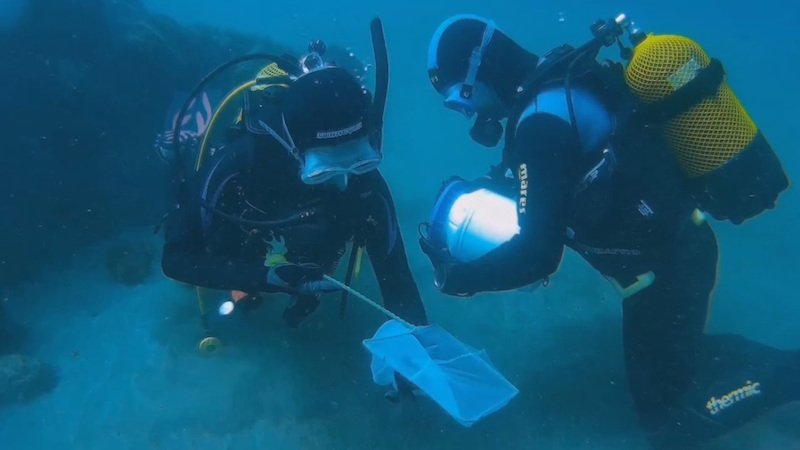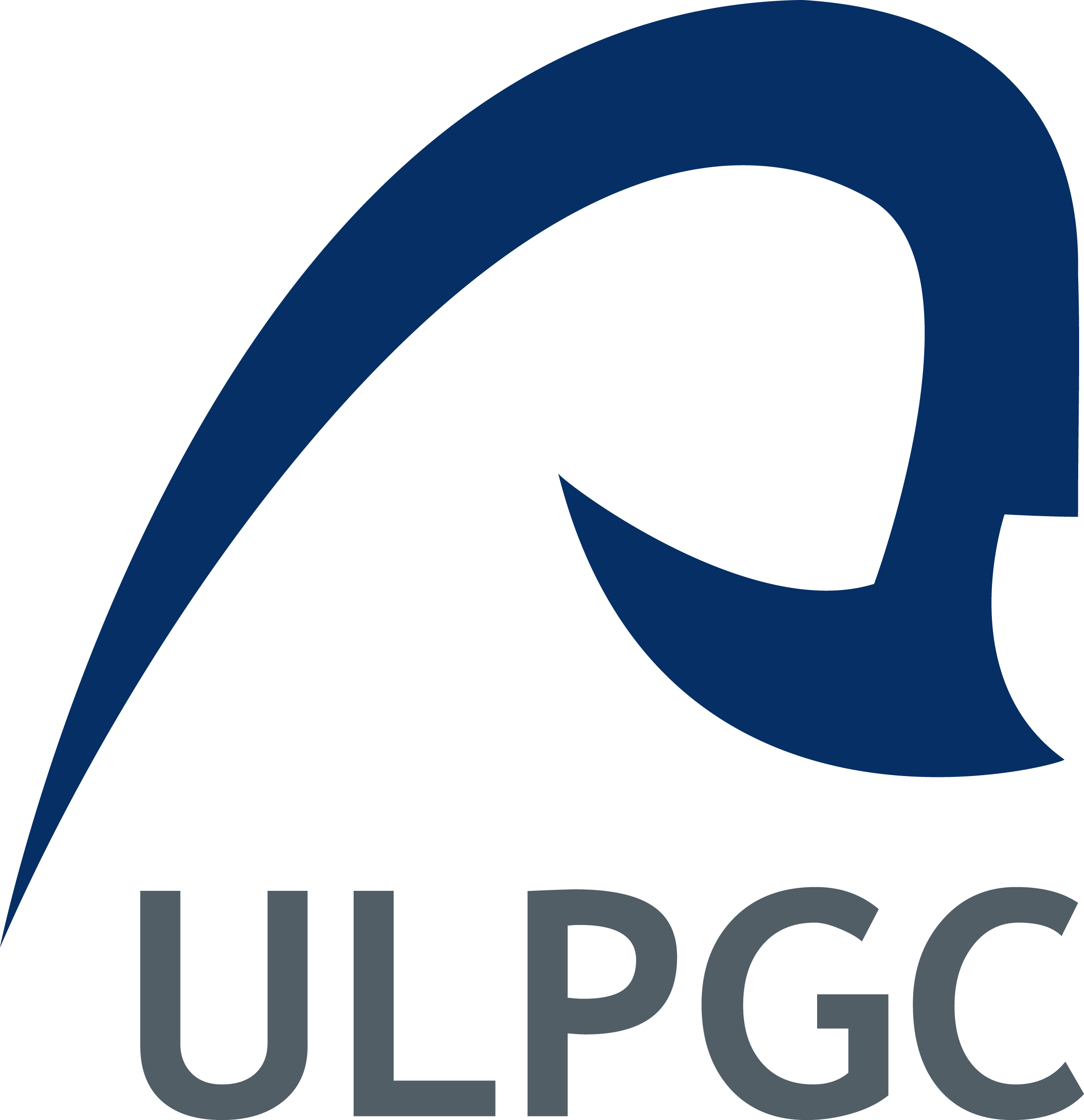Ph.D. Program in Oceanography and Global Change at the Canary Islands, Spain
Knowledge about Carbon flux in the ocean is limited by the complexity and expense of its measurement. Calculating it from plankton respiration provides an inexpensive alternative to sediment traps. Recently, the use of O2-consumption-based respiration has been explored to calculate temporal and spatial variability in carbon flux in upwelling areas. Here, we explore the use of a new enzyme proxy for marine CO2-production method based on the activity of different isocitrate dehydrogenase (IDH) isoenzymes, involved in the Krebs cycle. We evaluated the effects of different buffers, a range of pHs and temperatures, the IDH kinetic constants, the optimal concentrations of the main substrate (isocitric acid), and the cofactors (NAD(P)+, Mg2+) for different size fractions of the plankton community. As a result, we propose optimal substrates concentrations, pH and temperature in order to ensure the measurement of the maximum capacity of CO2 production of the marine plankton community.




